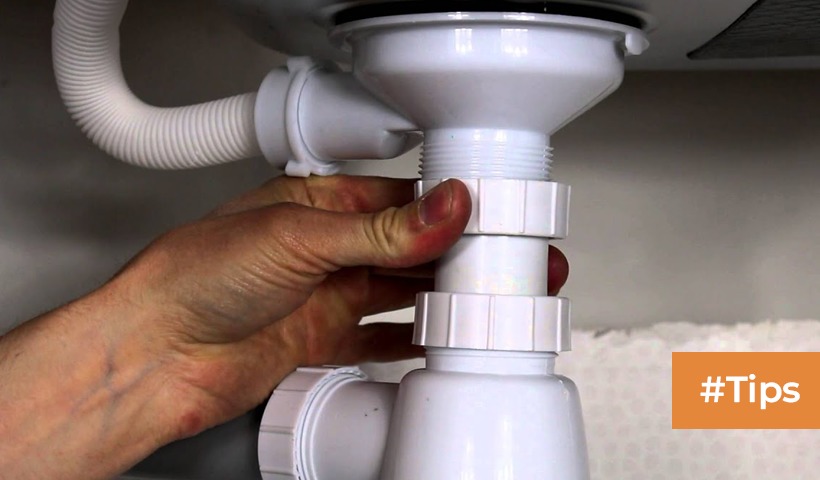Cleaning Your Dishwasher Made Easy: Say Goodbye to Odors!
The dishwasher is an invaluable kitchen appliance that saves us time and effort in the daily chore of dishwashing. However, it’s easy to overlook the fact that dishwashers also require regular cleaning and maintenance to function efficiently and remain odor-free. In this blog, we’ll guide you through the steps to clean your dishwasher effectively, ensuring it continues to keep your dishes spotless and smelling fresh.
Why Clean Your Dishwasher?
Before we delve into the cleaning process, it’s essential to understand why cleaning your dishwasher is crucial:
- Remove Residue: Over time, food particles, grease, and detergent residue can accumulate in your dishwasher, clogging filters and spray arms. This buildup can lead to poor cleaning performance.
- Prevent Odors: A dirty dishwasher can emit unpleasant odors due to trapped food and bacteria. Regular cleaning helps keep your kitchen smelling fresh.
- Extend Lifespan: Proper maintenance extends the lifespan of your dishwasher, saving you money on costly repairs or replacements.
Items You’ll Need
Gather the following items before you start cleaning your dishwasher:
- White vinegar
- Baking soda
- A soft brush or toothbrush
- Dish soap
- A dishwasher-safe cup or bowl
- A sponge or cloth
- Optional: a dishwasher cleaner or freshening agent
Cleaning Steps
- Empty the Dishwasher: Begin by ensuring that the dishwasher is empty. Remove all dishes, utensils, and racks. This allows you to access all the components that require cleaning.
- Clean the Filter and Spray Armsa: Remove the bottom rack to access the filter. Depending on your dishwasher model, the filter may twist or lift out. Rinse it under running water to remove food particles and debris. Use a soft brush or toothbrush for stubborn residue.b. Check the spray arms for clogs. Remove them if possible and rinse them under the tap. Use a toothpick or a piece of wire to clear any blockages in the spray holes.
- Wipe Down the Interior: Use a sponge or cloth dampened with warm, soapy water to wipe down the interior of the dishwasher, including the door, sides, and bottom. Pay close attention to areas with visible residue or stains.
- Run a Vinegar Cycle: Place a dishwasher-safe cup or bowl filled with white vinegar on the top rack. Run a hot water cycle on your dishwasher, but do not add any detergent. The vinegar helps dissolve mineral deposits and eliminates odors.
- Sprinkle Baking Soda: After the vinegar cycle is complete, sprinkle a cup of baking soda across the dishwasher’s bottom. Run a short hot water cycle again. Baking soda helps to neutralize odors and brighten the interior.
- Clean the Exterior: Don’t forget to clean the exterior of your dishwasher. Use a damp cloth and mild dish soap to wipe down the control panel and handle. Dry it thoroughly to prevent water spots.
- Optional: Use a Dishwasher Cleaner: If your dishwasher is still emitting odors after the vinegar and baking soda treatment, you can use a commercial dishwasher cleaner or freshening agent. Follow the manufacturer’s instructions for the best results.
- Replace Racks and Run a Rinse Cycle: Once you’ve completed the cleaning process, reassemble the dishwasher by replacing the racks and spray arms. Run a short rinse cycle to ensure that any remaining vinegar or baking soda is washed away.
Conclusion
A clean and odor-free dishwasher is essential for maintaining efficient dishwashing performance and a pleasant kitchen environment. By following these simple steps, you can ensure that your dishwasher stays in excellent condition and continues to serve you well. Regular maintenance not only extends the lifespan of your appliance but also saves you from the inconvenience of unexpected breakdowns. So, invest a little time in cleaning your dishwasher, and it will repay you with sparkling clean dishes and a fresh kitchen scent.
Disclaimer: The views expressed above are for informational purposes only based on industry reports and related news stories. PropertyPistol does not guarantee the accuracy, completeness, or reliability of the information and shall not be held responsible for any action taken based on the published information.




